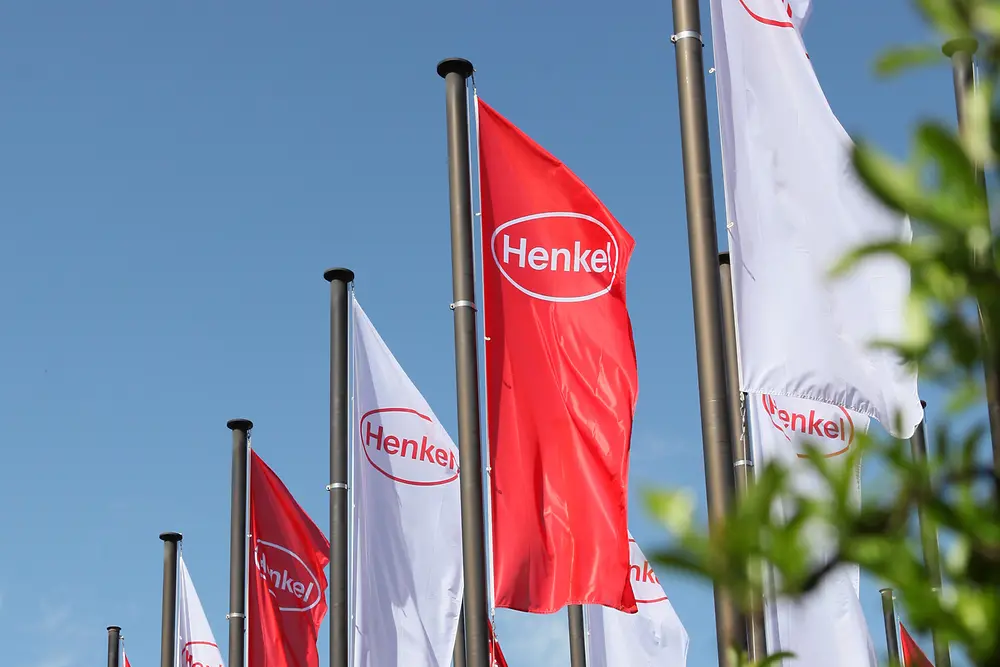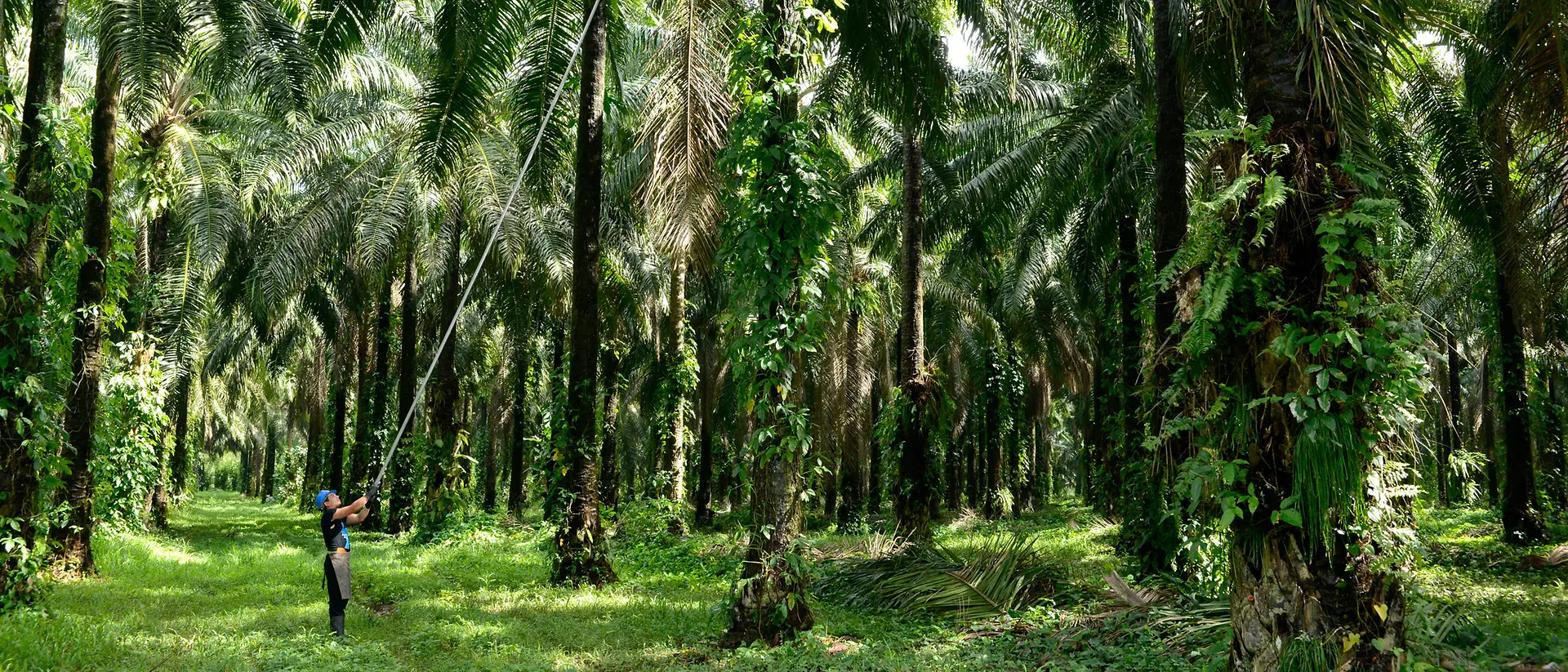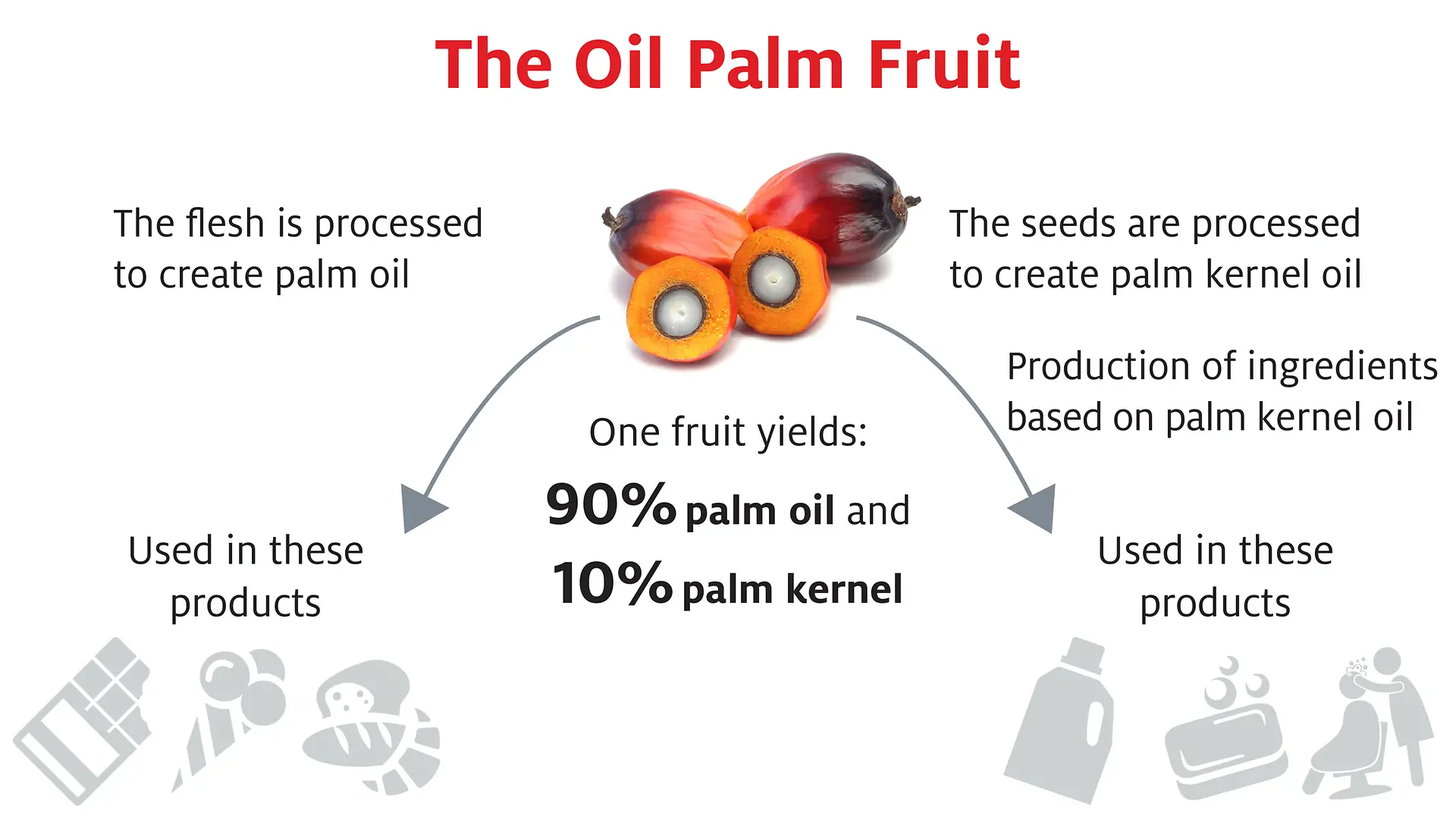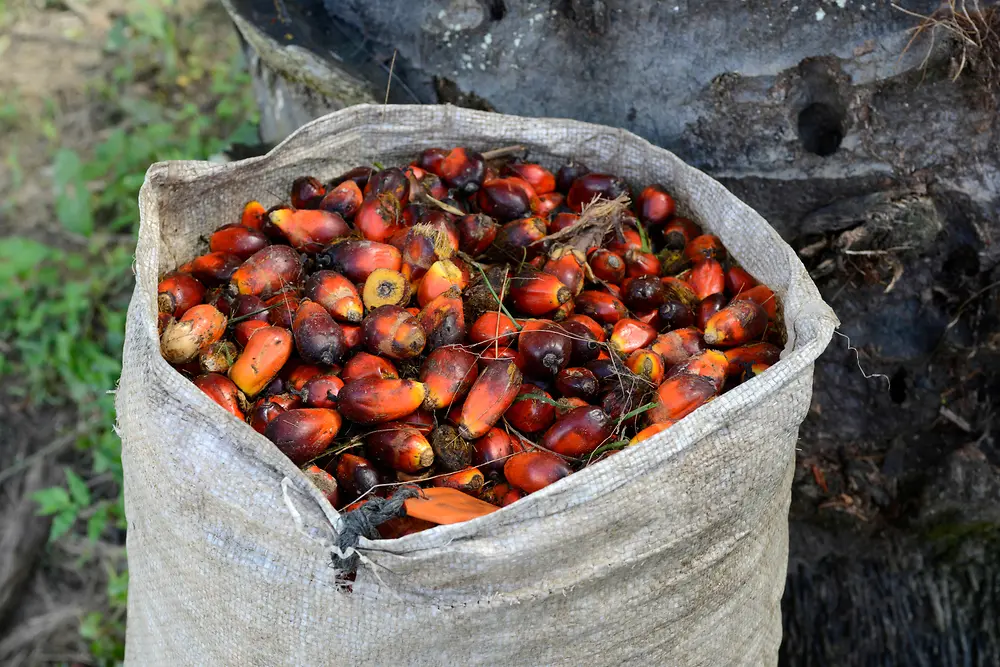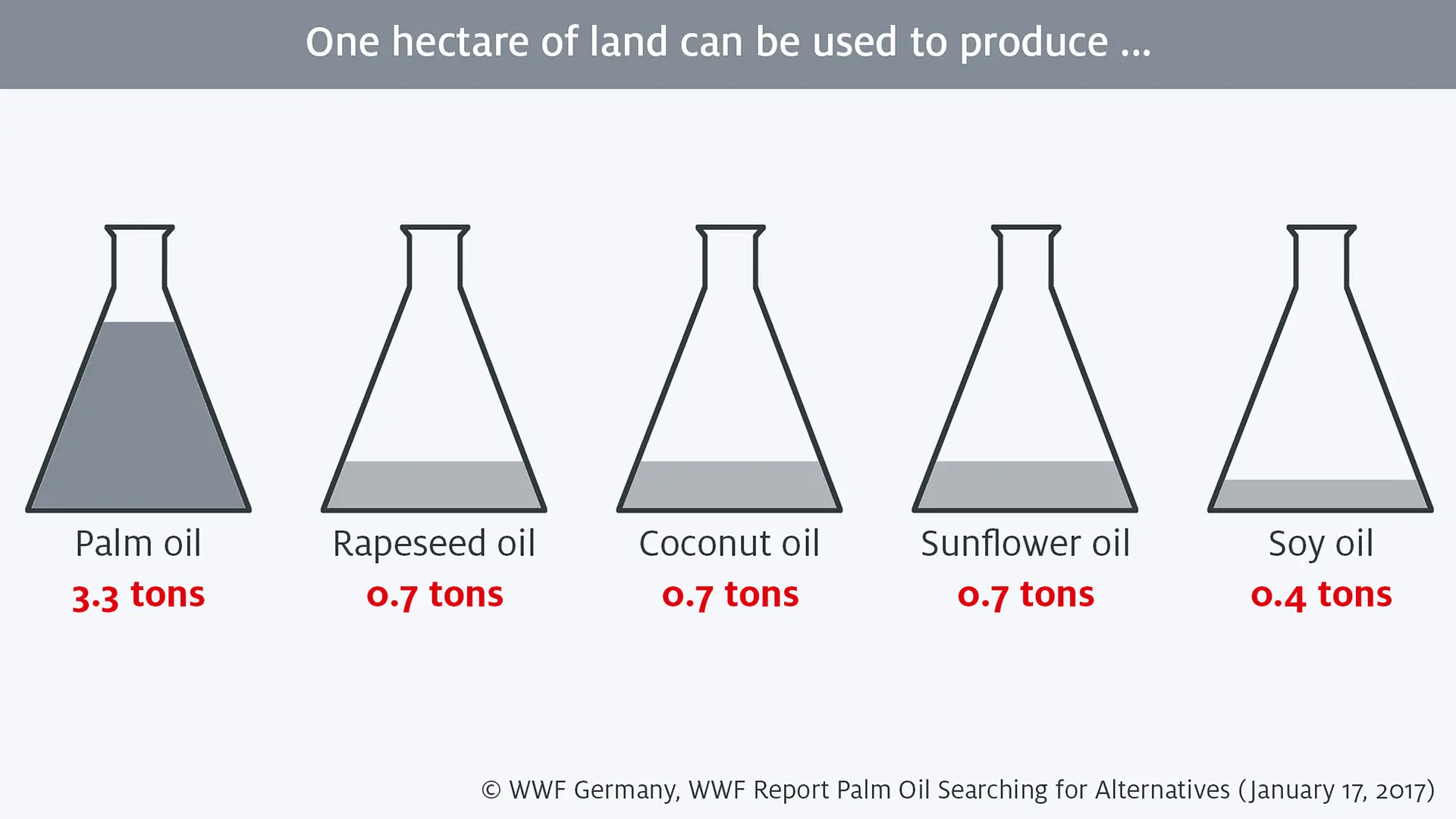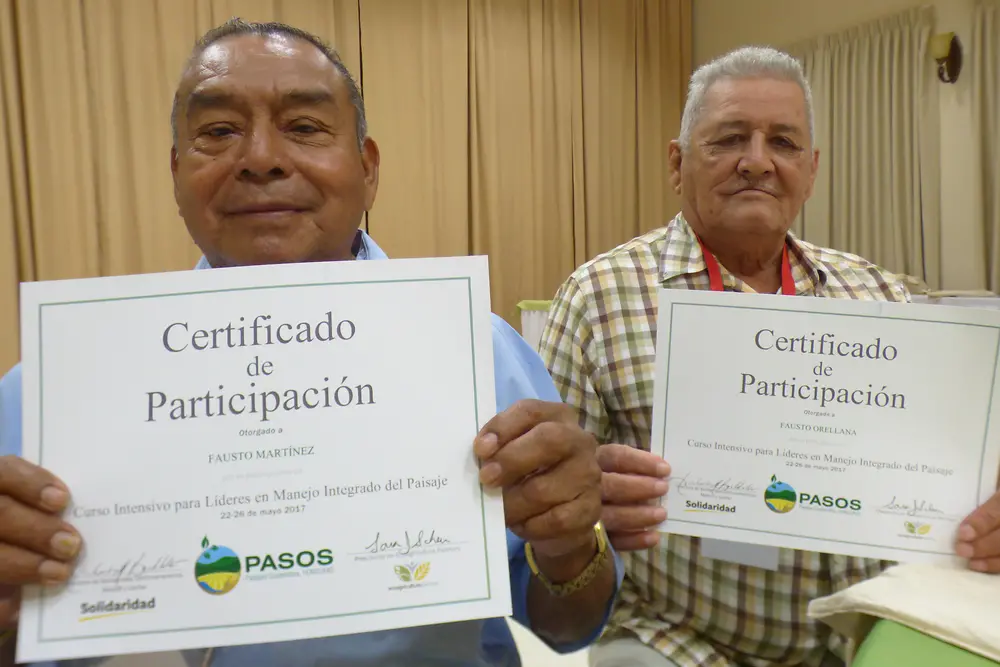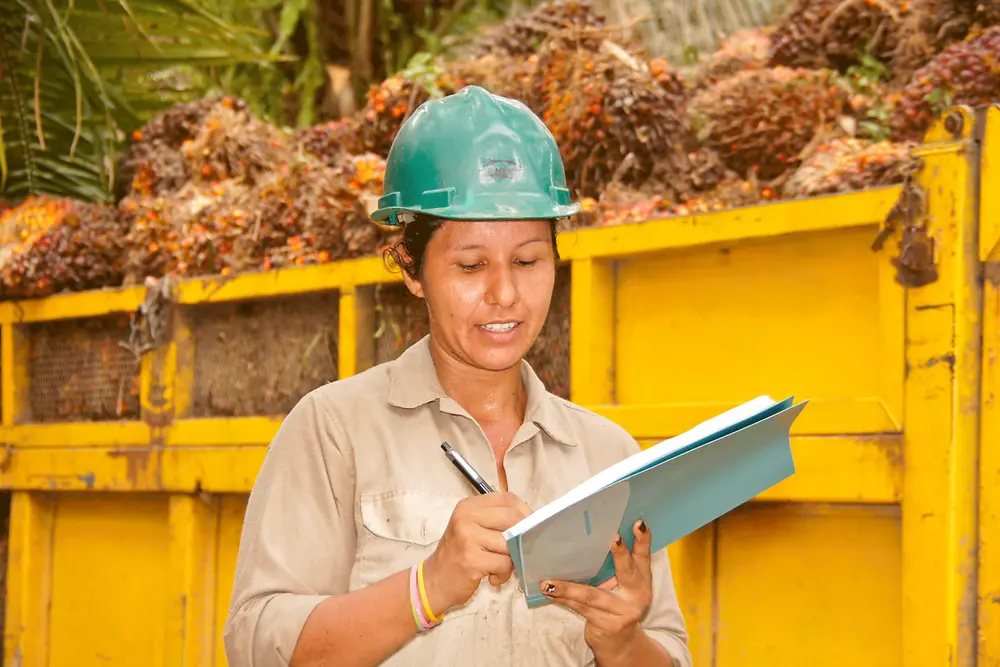Editor’s note: This article was update on April 7, 2021.
Oil palm farming has massively improved the quality of life of smallholder farmers in northern Honduras. But rapid change has also created challenges related to ensuring environmental responsibility, safe working conditions and strong relationships across communities. The solution? Training in best practice and open communication along the entire value chain and creating an effective policy environment for sustainable palm cultivation.
After the destruction of the banana crop in 1974, Honduran farmers decided to cultivate oil palm to rebuild their communities.
In the early 1970s, Fausto Martínez left his home in the Lenca community of Guajiquiro, Honduras, to search for a job. Without proper schooling and unable to read or write, the only place Fausto could find work was on the banana farms more than 300 kilometers to the north east. The work gave him an opportunity to learn about agriculture – but working conditions were poor because labor laws supporting workers’ rights were almost never enforced. “But it was a job,” Fausto says.
At the end of 1974, Hurricane Fifi-Orlene hit northern Honduras. It was the worst natural disaster Honduras had ever seen, wiping out the country’s entire banana crop and erasing communities overnight. The livelihoods of tens of thousands of Hondurans like Fausto were completely destroyed.
One year later, the Honduran government responded to decades of protest by the Honduras Farmworker Movement by introducing its Agrarian Reform act. This legislation aimed to address living and working conditions within the country’s banana industry. “Those were very difficult years,” recalls Fausto. “We tried to grow rice, corn and other crops, but that doesn’t pull anyone out of poverty.”





